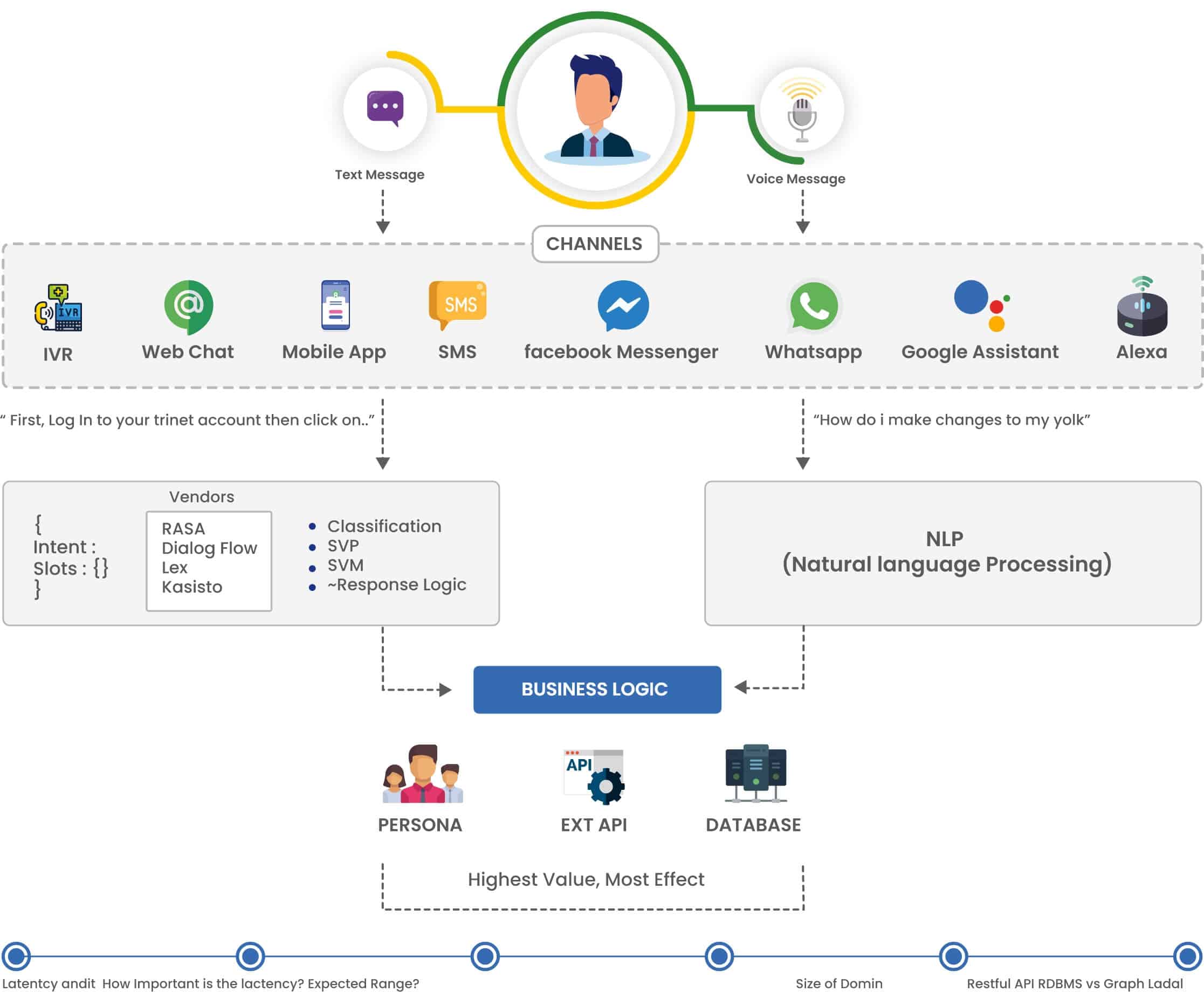It's very difficult to anticipate how people might use, or abuse, an AI application. Certainly, Microsoft didn't envisage that "helpful" members of the public would teach Tay to start Tweeting inappropriate messages. FEATURES
Microsoft created Tay, an AI Bot with the personality of a teenage girl to "experiment with and conduct research on conversational understanding." Tay was designed as a showcase of machine learning and Natural Language Processing (NLP) but unfortunately very neatly illustrated the problem with some conversational AI development tools that lack the control required to supervise the behavior.
By ensuring a level of control within the application, enterprises can not only avoid awkward mistakes, but provide a 'safety net' for managing unexpected exceptions during a conversation, always ensuring a smooth customer experience.











